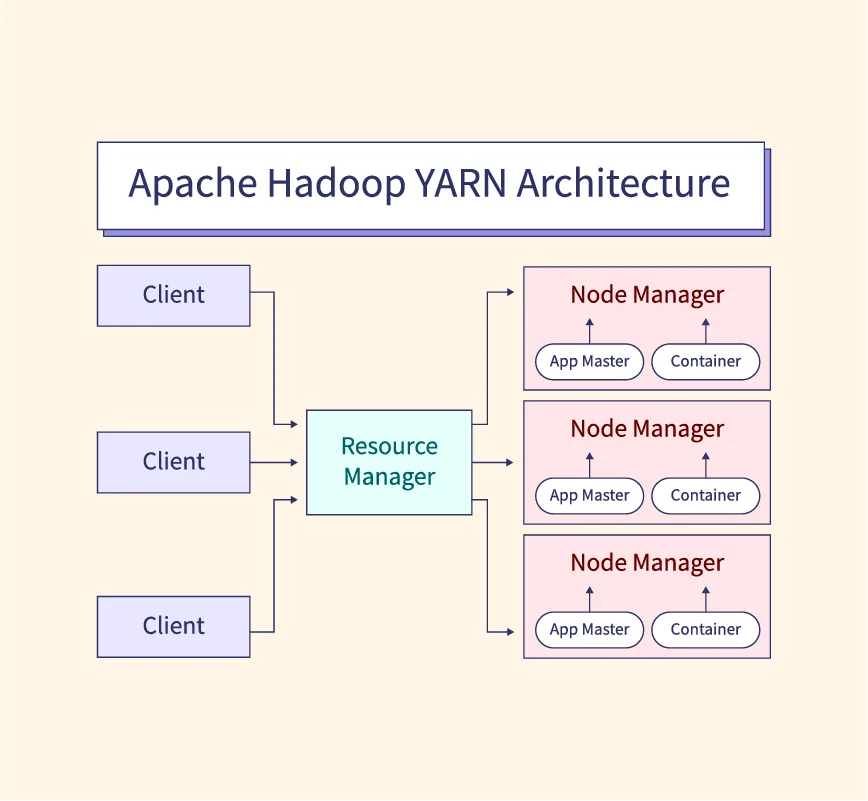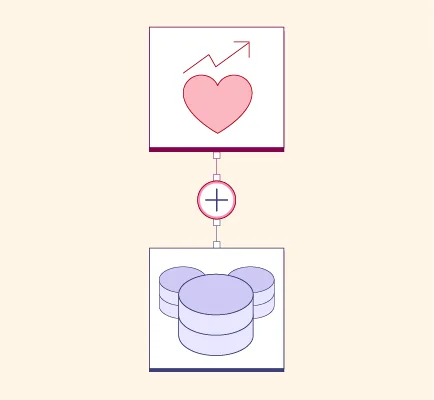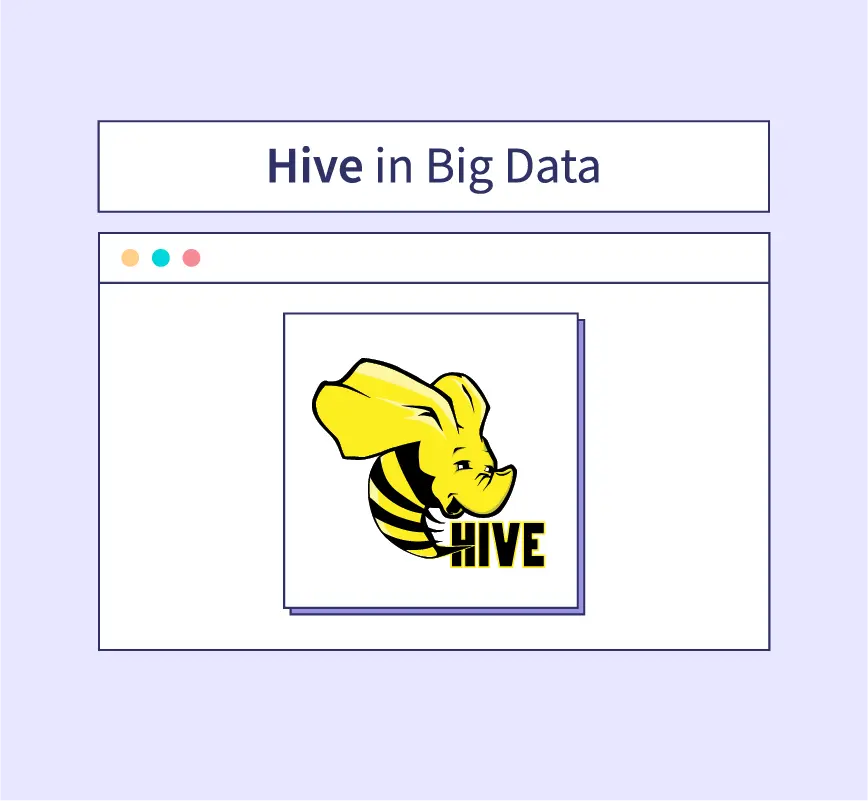Knowledge-based agents (KBAs) are a class of artificial intelligence systems designed to make intelligent decisions by leveraging stored knowledge. These agents rely on a knowledge base, which is a repository of facts and rules, and an inference mechanism to draw conclusions or make predictions. By simulating human-like reasoning, KBAs play a critical role in enabling intelligent decision-making across various applications. They are particularly useful in environments requiring logical reasoning, such as expert systems, diagnostics, and automated problem-solving. This foundational understanding makes KBAs a vital component in advancing AI-driven solutions for complex challenges.
The Architecture of Knowledge-Based Agents
Knowledge-based agents (KBAs) are structured to integrate, process, and apply knowledge for intelligent reasoning and decision-making. Their architecture consists of three key components:
Knowledge Base
The knowledge base serves as a repository of facts, rules, and information. This is where agents store structured data that supports reasoning processes. For example, in a medical diagnostic agent, the knowledge base may contain symptoms, diseases, and corresponding treatments.
Inference Engine
This component applies logical reasoning to the knowledge base, deriving new conclusions or making decisions based on existing facts. For instance, the inference engine can infer potential diseases from observed symptoms in a patient.
Sensors and Actuators
Sensors allow agents to perceive their environment by collecting external data, while actuators enable them to act upon that environment. For example, in a robotics agent, sensors may detect obstacles, and actuators adjust their movement accordingly.
Why Use a Knowledge Base?
A knowledge base provides a structured repository of information that enables intelligent and informed decision-making. By organizing data into facts and rules, it allows knowledge-based agents to reason and derive logical conclusions efficiently.
Advantages:
- Ensures consistency and accuracy in decision-making.
- Reduces redundancy by storing reusable information.
- Enables quick retrieval of relevant data for problem-solving.
Use Cases:
- Medical Diagnosis: Agents analyze symptoms and suggest treatments based on stored medical knowledge.
- Recommendation Systems: Deliver personalized suggestions using user preferences and historical data.
- Customer Support: Provide instant, automated responses to common queries, enhancing user experience.
Levels of Knowledge-Based Agents
Knowledge-based agents operate across three distinct levels, each contributing to their functionality and decision-making capabilities.
1. Knowledge Level
This level emphasizes what the agent knows and how it uses this knowledge to achieve its goals. It includes facts, rules, and relationships stored in the knowledge base. At this stage, the focus is on ensuring the completeness and accuracy of the information, enabling effective reasoning and problem-solving.
Example: A medical diagnosis system storing disease symptoms and their corresponding treatments.
2. Logical Level
At the logical level, the agent deals with the structure and organization of the knowledge. It employs formal logic to connect facts and rules, ensuring logical consistency and enabling inference. This level ensures that the agent can deduce new knowledge from existing facts.
Example: Using “if-then” rules, such as “If a patient has a fever and rash, then consider measles.”
3. Implementation Level
The implementation level covers the algorithms, data structures, and hardware required to store and process knowledge. This level is responsible for translating abstract logic into executable functions, ensuring the agent operates efficiently in real-world environments.
Example: Using Python-based algorithms and SQL databases to manage and query the knowledge base.
Operations Performed by Knowledge-Based Agents in AI
Knowledge-based agents perform several critical operations that enable intelligent reasoning and adaptability in diverse applications.
Perception and Representation
These agents perceive the environment through sensors and organize the gathered information in a structured format within the knowledge base. This representation ensures easy retrieval and logical processing of facts and rules.
Example: Capturing customer queries and organizing them into categories for automated responses.
Reasoning
The reasoning process involves deriving logical conclusions from stored knowledge. By applying inference rules, the agent makes decisions or predictions based on the available information.
Example: A chess engine evaluating potential moves by deducing outcomes using predefined strategies.
Learning and Updating
Knowledge-based agents continuously evolve by learning from new data. They update their knowledge base to incorporate changes, ensuring accuracy and relevance over time.
Example: Updating a recommendation system’s database based on user preferences and behavior patterns.
Designing Approaches for Knowledge-Based Agents
Knowledge-based agents rely on various approaches to process and utilize knowledge for intelligent decision-making. Each design method has unique strengths and limitations, making them suitable for specific scenarios.
Rule-Based Approach
This approach uses a collection of if-then rules to handle predefined problems. The rules explicitly map inputs to corresponding outputs, ensuring fast and efficient reasoning for specific domains.
Advantages:
- Simple to implement.
- High accuracy for well-defined problems.
Limitations:
- Lacks adaptability to new scenarios.
- Difficult to scale for complex systems.
Example: Troubleshooting systems in customer support.
Logic-Based Approach
Predicate logic is used to define facts and relationships, enabling general reasoning across various scenarios. The inference engine derives logical conclusions using these predicates.
Advantages:
- Highly expressive and generalizable.
- Ideal for reasoning in dynamic environments.
Limitations:
- Computationally intensive.
- Requires accurate and complete knowledge representations.
Example: Medical diagnostic systems analyzing symptoms to infer conditions.
Learning-Based Approach
This approach integrates machine learning to create adaptive knowledge bases that improve over time by learning from data and user interactions.
Advantages:
- Self-updating and scalable.
- Handles unstructured and evolving data.
Limitations:
- Requires large datasets.
- Risk of biases in training data.
Example: AI-powered recommendation systems.
Applications of Knowledge-Based Agents
Knowledge-based agents (KBAs) are revolutionizing various industries with their ability to process and analyze information efficiently:
- Healthcare: KBAs assist in diagnosing diseases by analyzing patient data, symptoms, and medical histories, providing doctors with accurate recommendations for treatments and improving patient care.
- Legal: In the legal sector, they streamline tasks like drafting documents, analyzing cases, and suggesting legal strategies, thereby reducing the workload of legal professionals.
- E-commerce: KBAs enhance customer experiences by offering personalized product recommendations, managing inventory, and resolving customer queries through intelligent chatbots and automated systems.
Conclusion
Knowledge-based agents (KBAs) play a crucial role in artificial intelligence by enabling systems to reason, make informed decisions, and solve complex problems efficiently. Their applications across industries such as healthcare, legal, and e-commerce highlight their transformative potential. The future holds exciting possibilities for KBAs, especially when combined with machine learning to create more adaptive and intelligent systems. This synergy could lead to unprecedented innovations and solutions. Aspiring AI professionals are encouraged to explore the design and implementation of KBAs, as their versatility makes them a cornerstone in the evolving landscape of artificial intelligence.
References:


